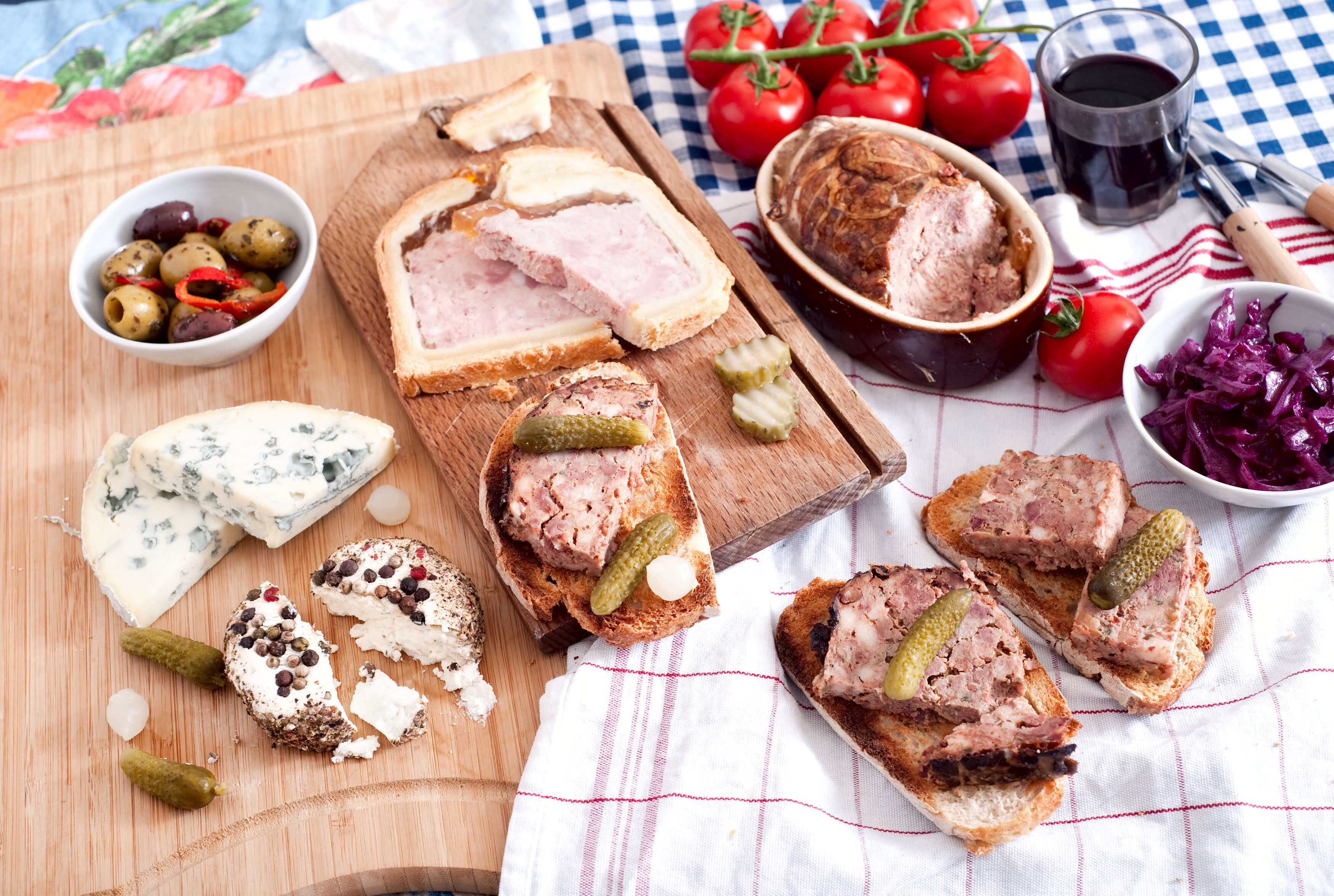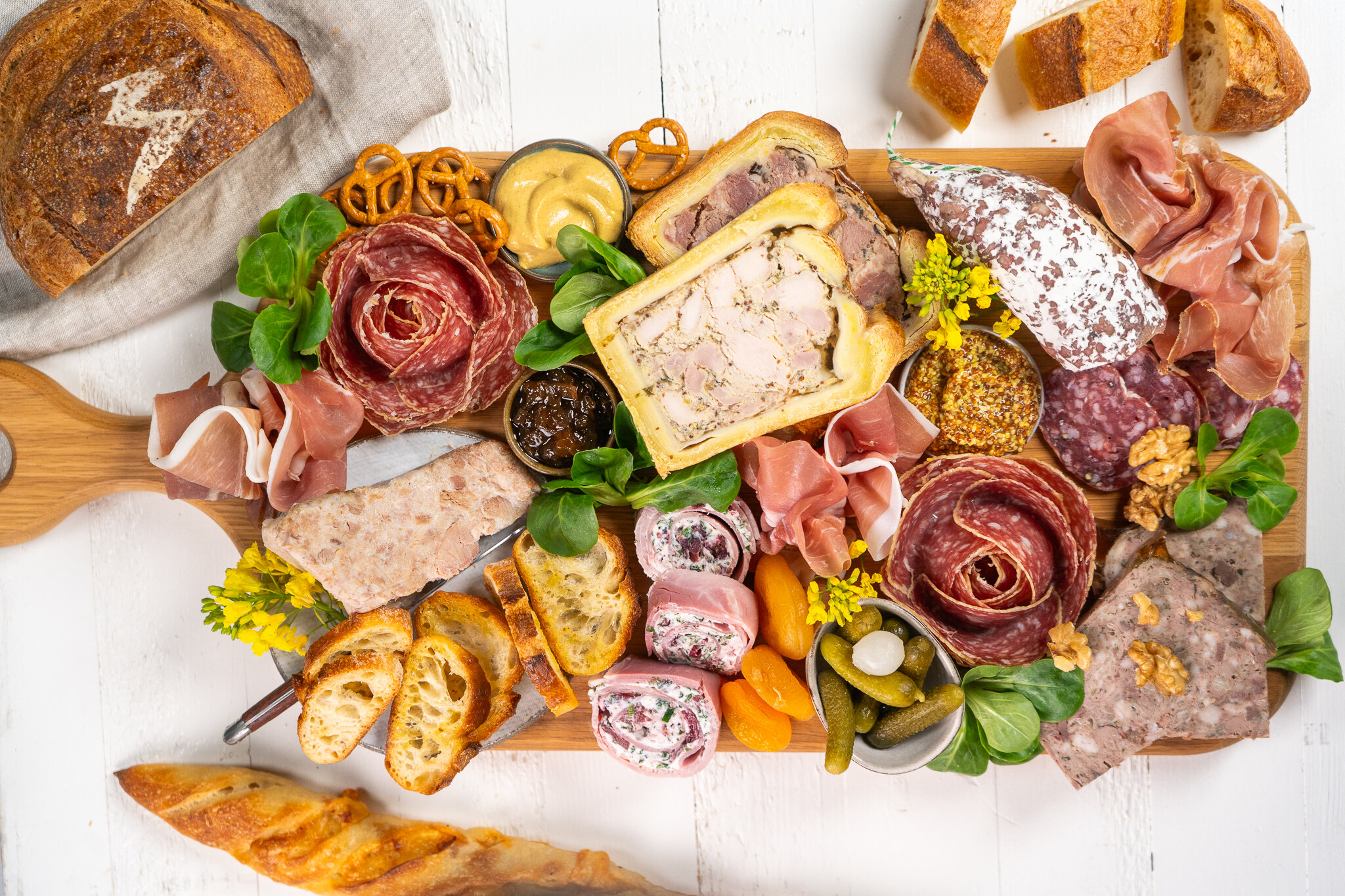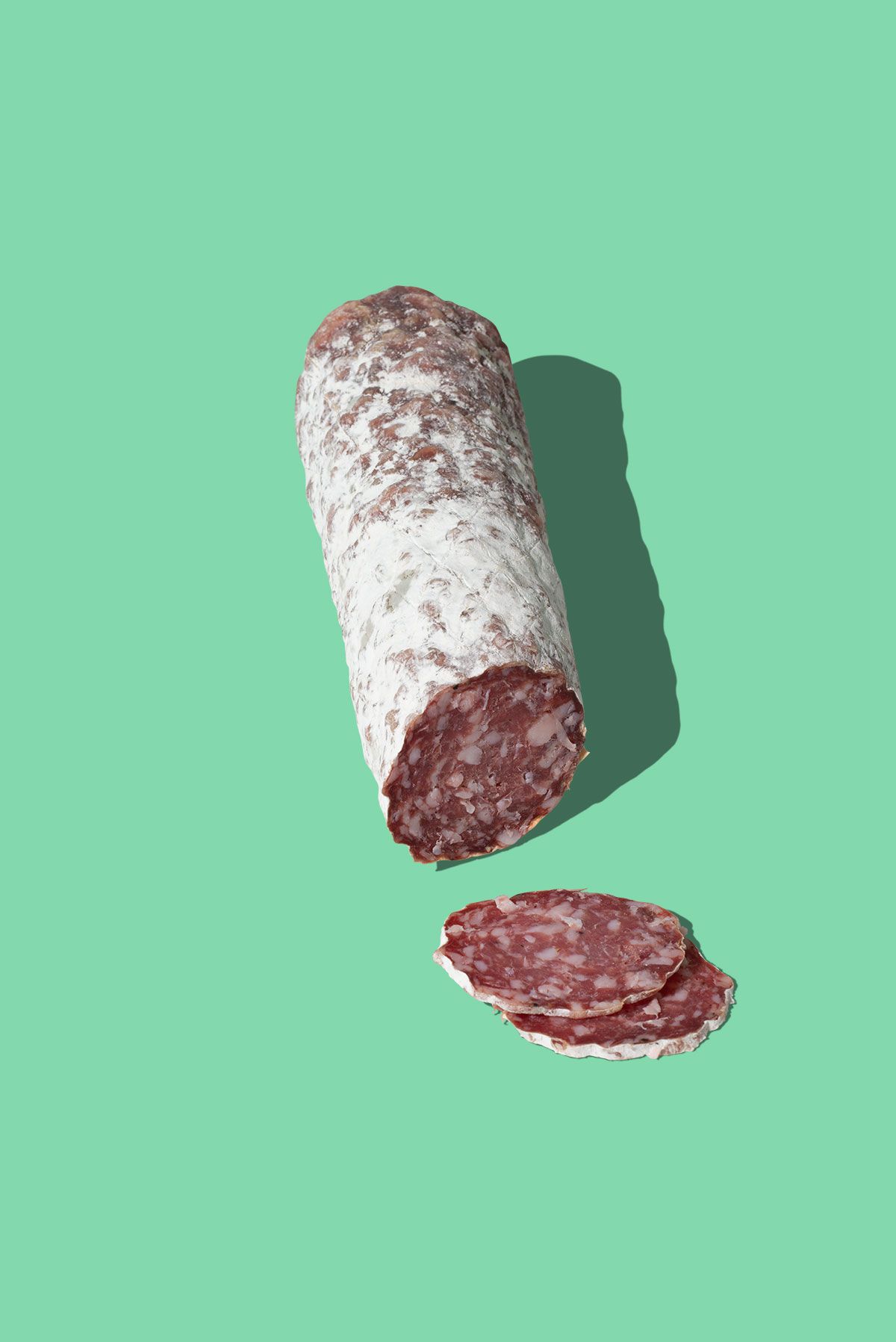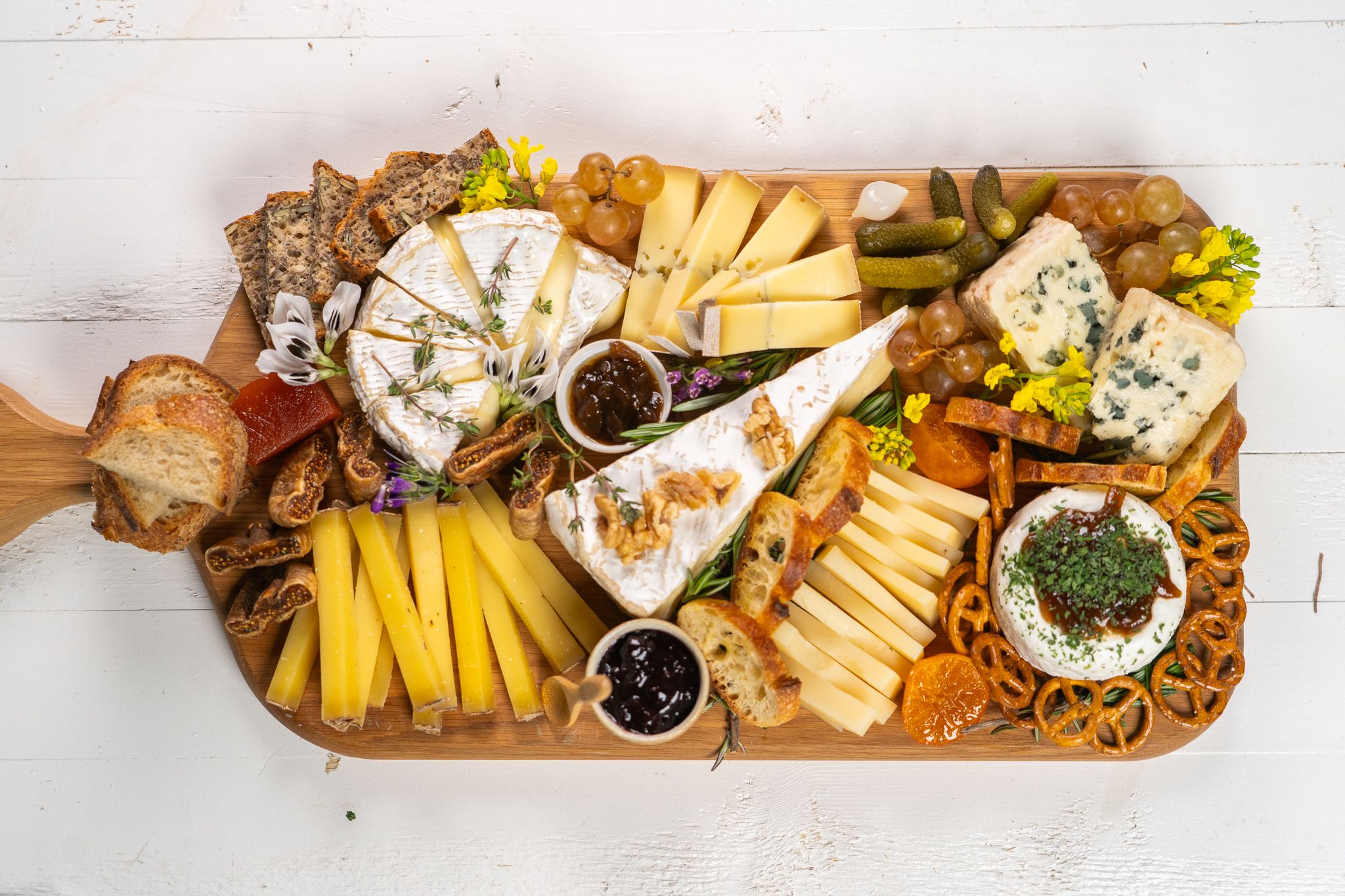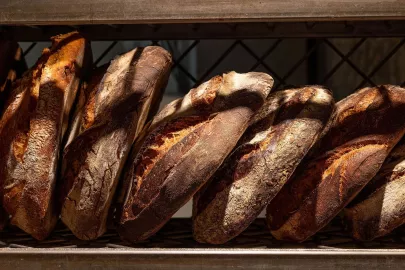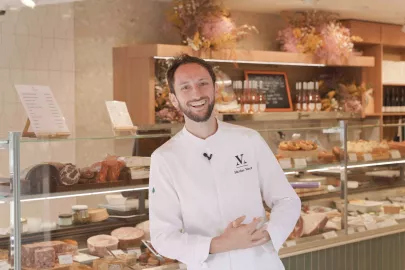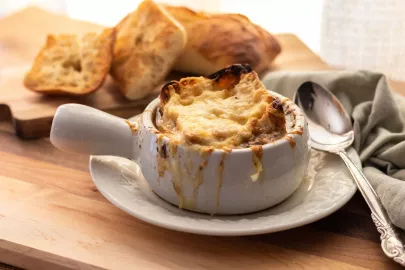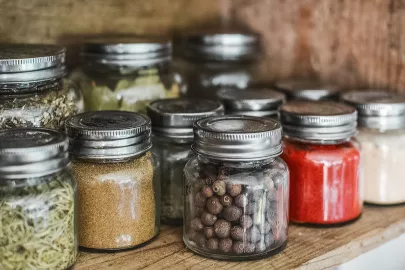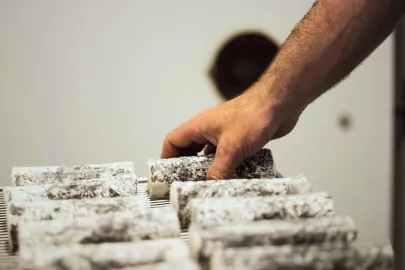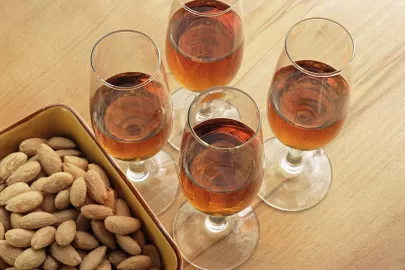From Pâté to Saucisson: Expert Tips from a Parisian Charcutier
Want to unlock the secrets of French charcuterie? We spoke with Nicolas Verot, a charcutier at Maison Verot in Paris to get answers to the most frequently asked questions. As the fourth generation in his family business, Nicolas definitely knows a thing or two about French pâté, saucisson, and how to prepare the perfect charcuterie board!
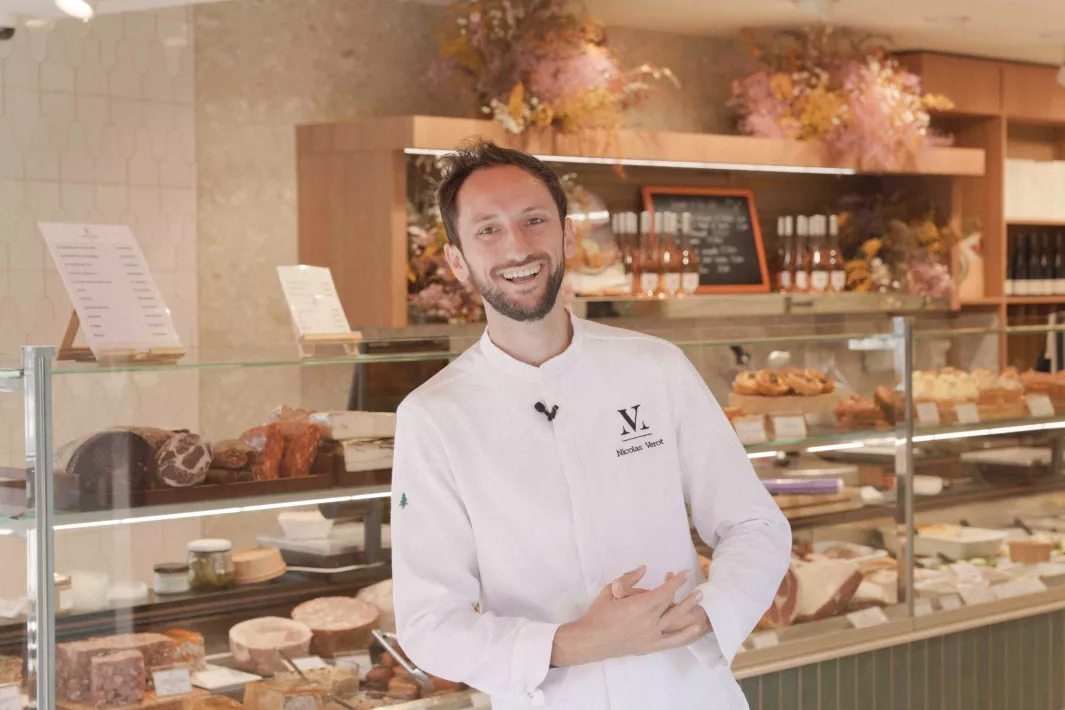
What is the definition of charcuterie?
Charcuterie is a deeply traditional aspect of French gastronomy. The term comes from "chair" meaning flesh in French, and "cuite" meaning cooked. Essentially, it involves transforming pork and other animals’ meat into pâtés, terrines, rillettes, and pâtés en croûte.
What is pâté en croute?
Pâté en croûte is pâté with a crust around it. The name literally means "pâté in pastry" in French. It is incredibly tasty and traditional but can be prepared in many different ways. My father won the vice world champion title in 2011 with a recipe we still offer at Maison Verot. For this dough, we use flour from Versailles, where the castle and the kings used to be, pork from the south of Normandy, chicken from South-West France, and foie gras… C’est délicieux !
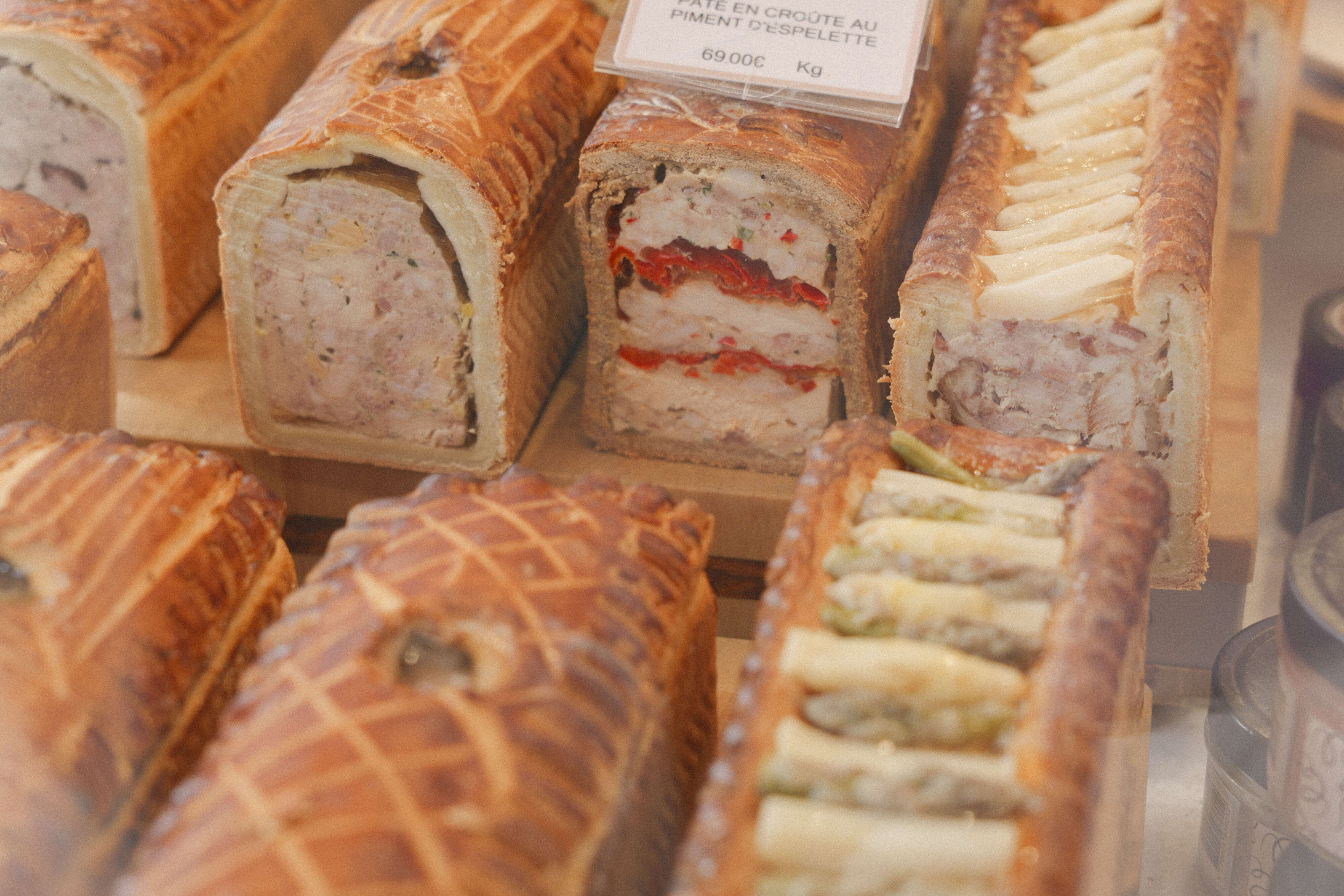
Is there seasonal aspect to charcuterie?
Yes, we try to evolve and adapt throughout the year. In the spring, for instance, we love to include products such as French asparagus, which are available for only two or three months.
What goes on a charcuterie board?
In France, a charcuterie board typically includes French ham, such as Jambon de Paris, rosette from Lyon, a flavorful saucisson, coppa from Corsica, and cured ham such as Jambon de Bayonne. These are all incredibly delicious options.
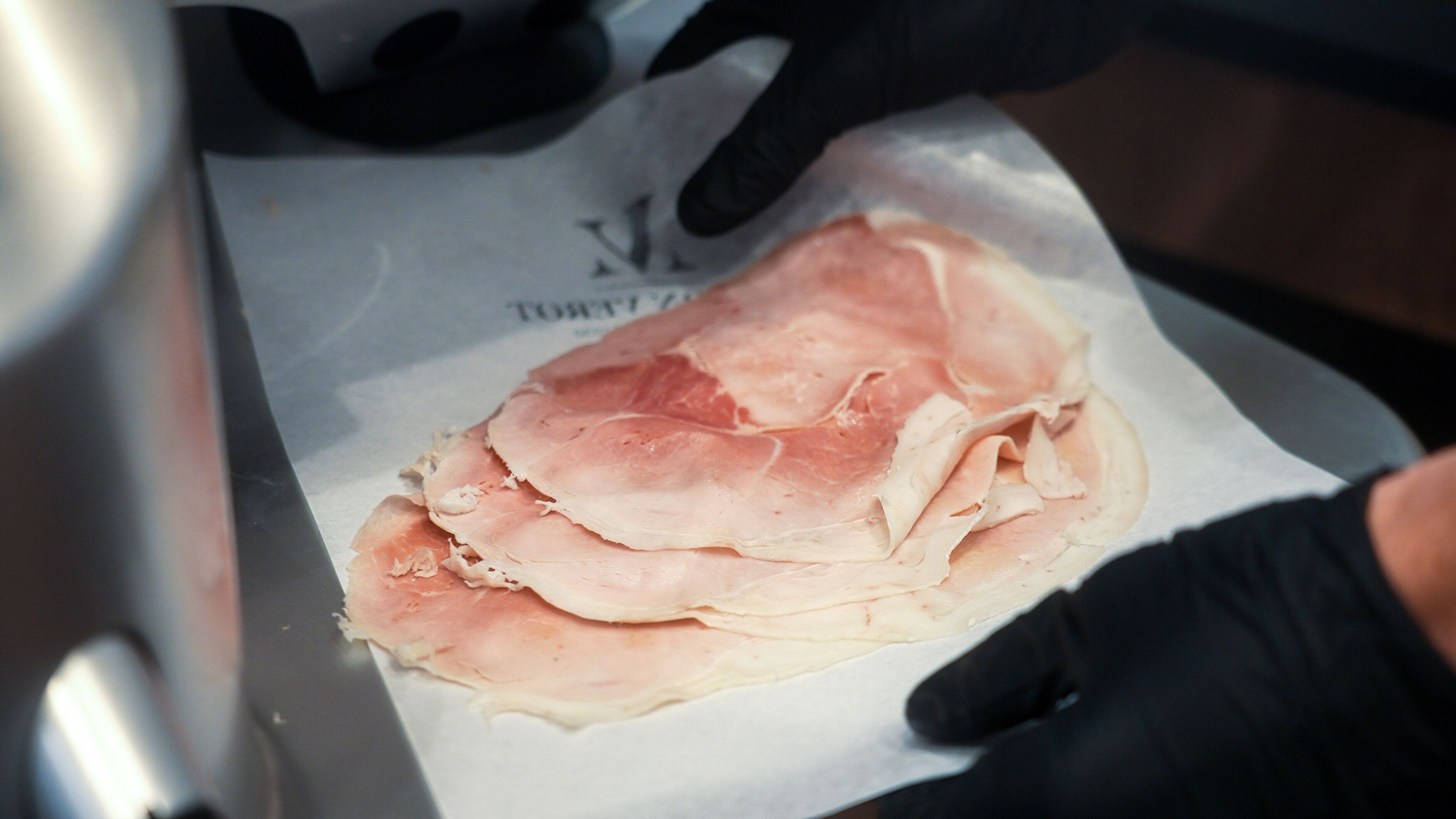
How to choose a good saucisson?
Use your eyes. It is usually better if the saucisson has a string, as this often means it has been handmade. Look for a product with an irregular shape; it should not be uniform from top to bottom.
How to eat saucisson?
There are two main ways to eat saucisson. First, you can slice it and eat it plain. The second way is to make a sandwich with a French baguette, butter, and saucisson, then close it and enjoy. It is amazing both ways.
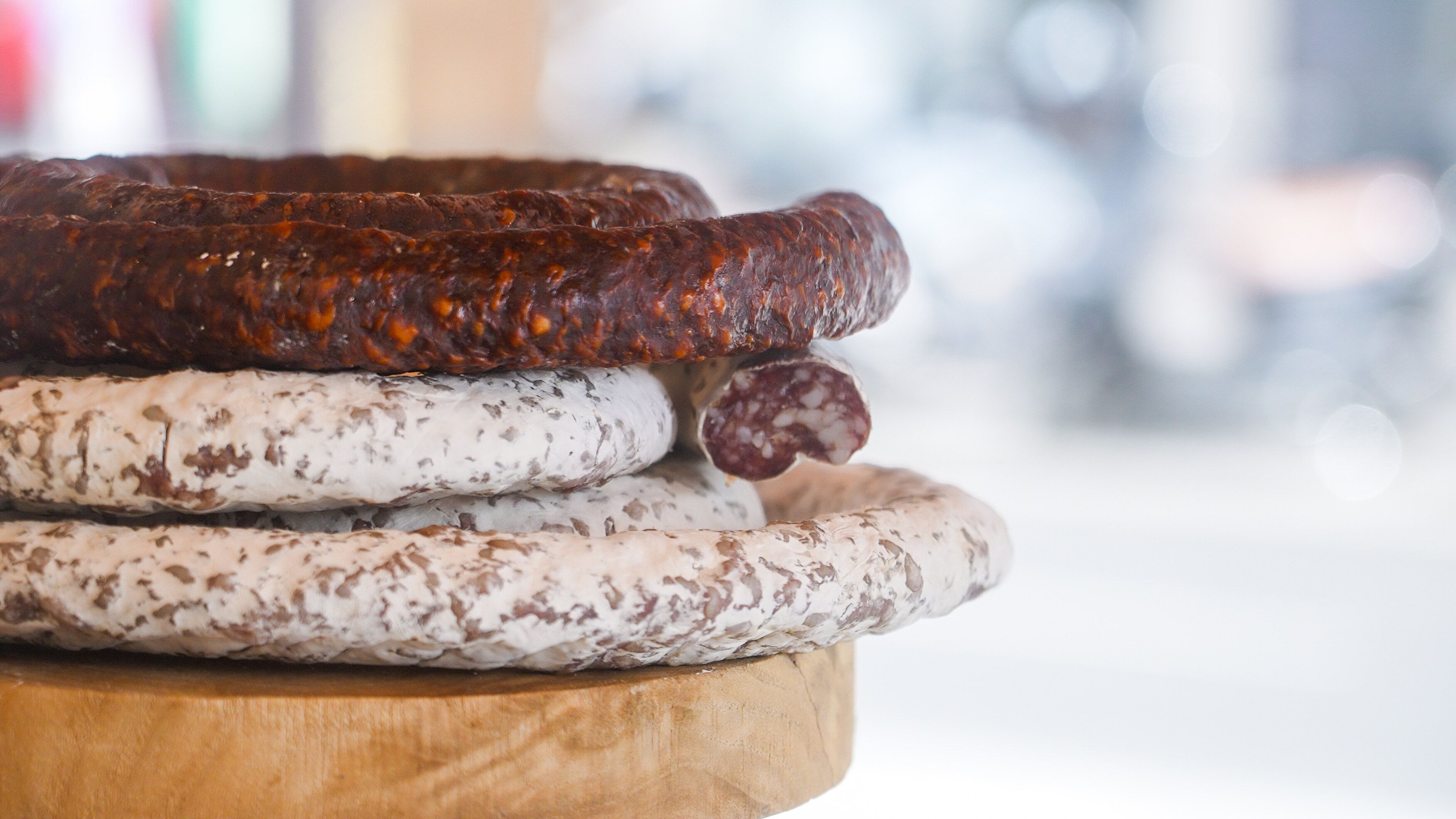
Can you eat the skin of a saucisson?
It is entirely up to you. I do personally, but make sure it has been made in an artisanal way if you choose to eat the skin.
What’s the difference between saucisson & salami?
There is actually not much difference. A salami is essentially an Italian saucisson, and a saucisson is a French salami. The main difference is with sausages. Sausages are raw, while saucisson and salami cured, so you need to cook the sausages before eating them.
How do you keep charcuterie?
For fresh pâtés, terrines, or rillettes bought at the counter, it is best to keep them in the fridge for roughly four days. If vacuum-packed, they can easily last ten days to two weeks. Cured meats, such as saucisson sec, will last much longer. In France, we often say that saucisson can last for months, but you will likely eat it in a day with friends!
Can charcuterie be frozen?
Charcuterie can be frozen, but I would not recommend it because you will lose much of the flavor and taste of the product.
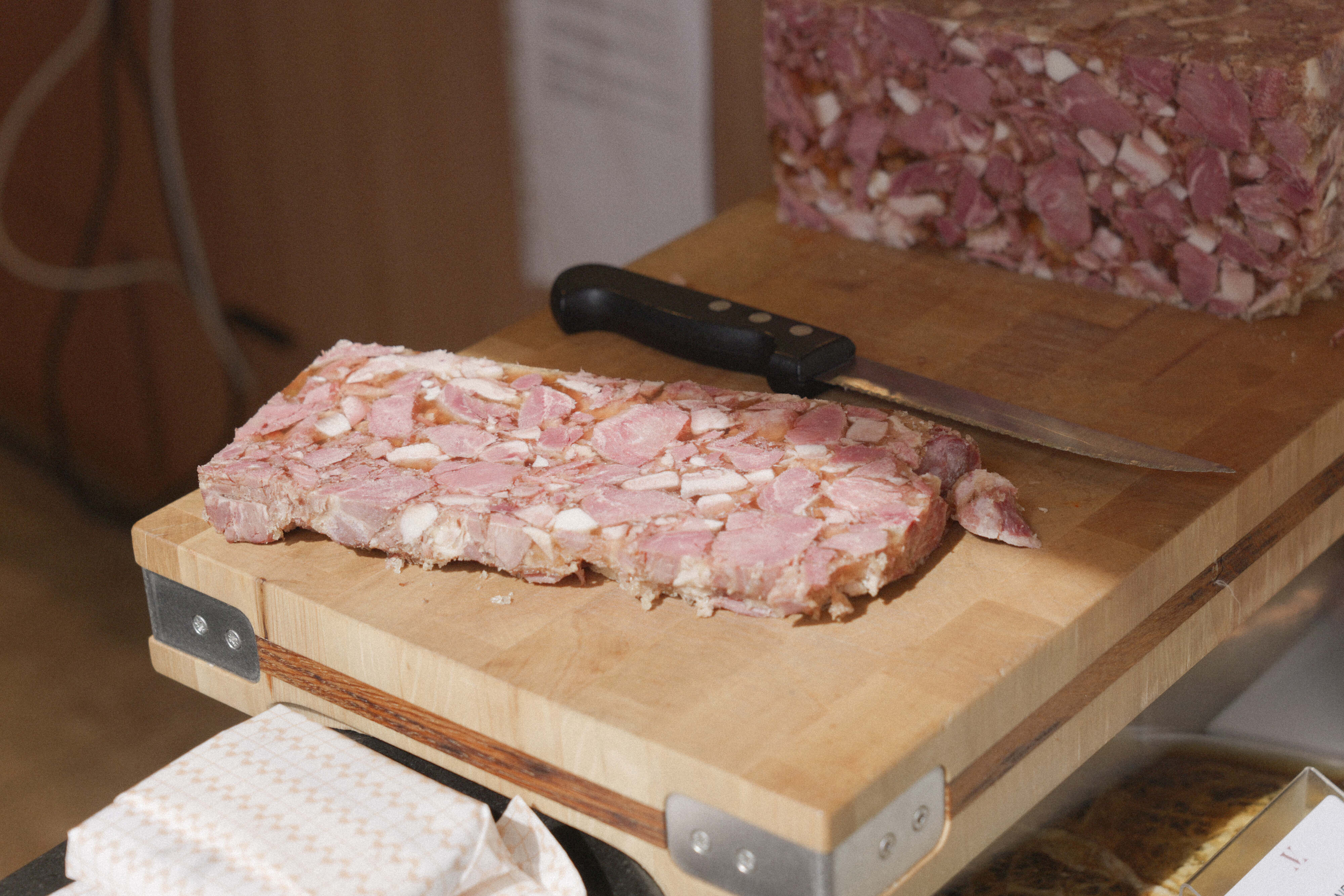
How to become a good charcutier?
In France, to become a charcutier, you need a degree such as the "CAP" (NVQ / vocational qualification) which lasts for two years. However, to receive perfect training, you will need to spend five years studying to become a top professional charcutier. What I love most about my job is the diversity. Every day is different, filled with creation and innovation... It is just amazing for me.

